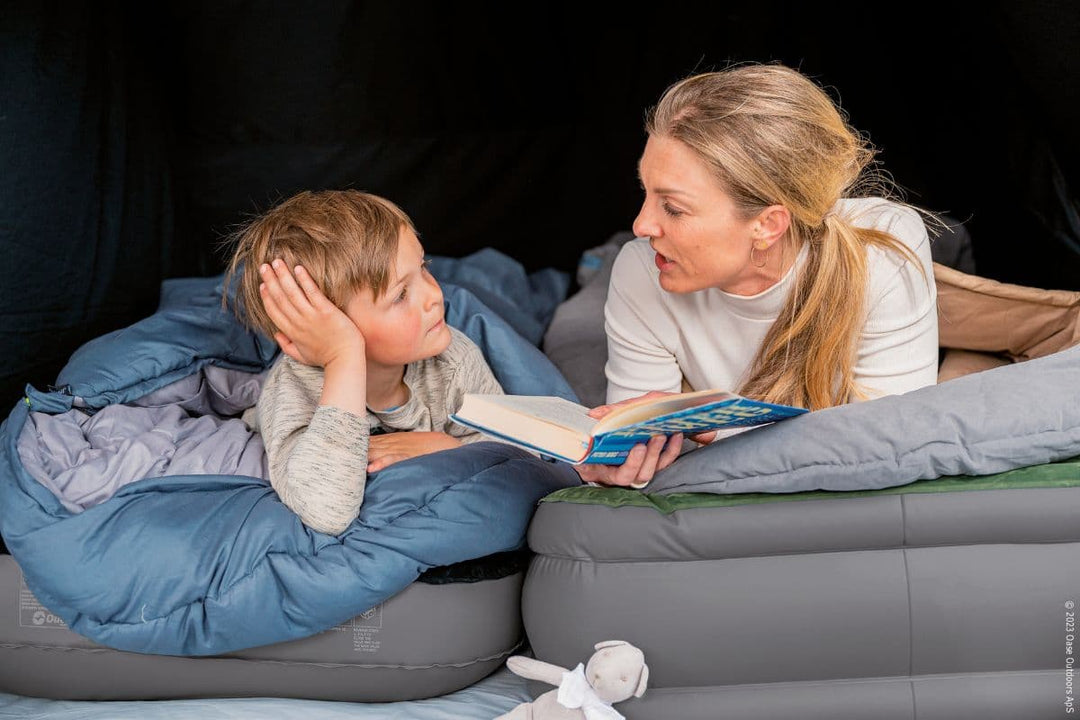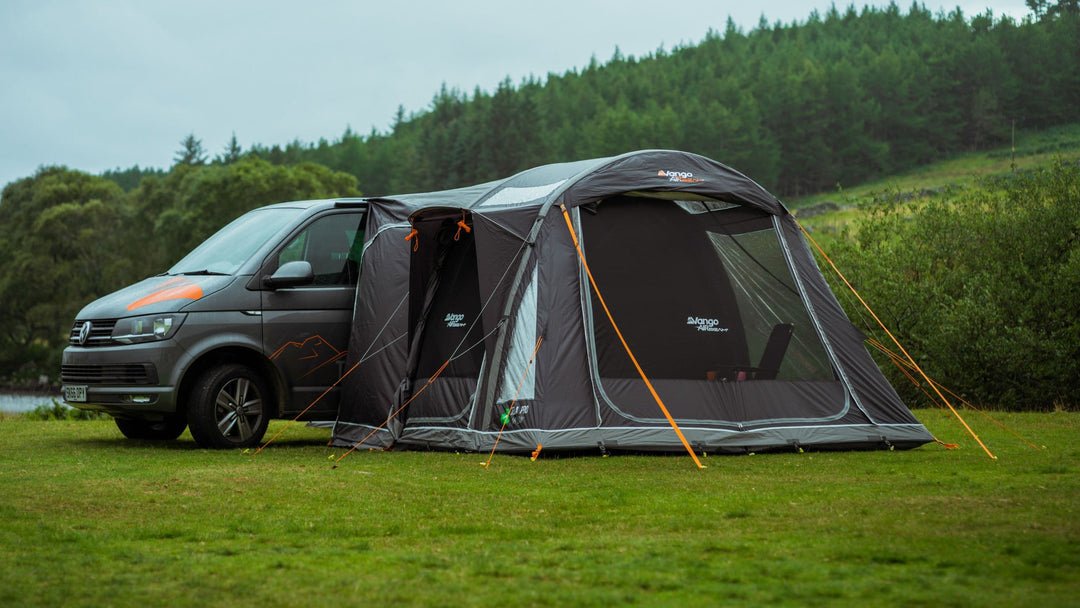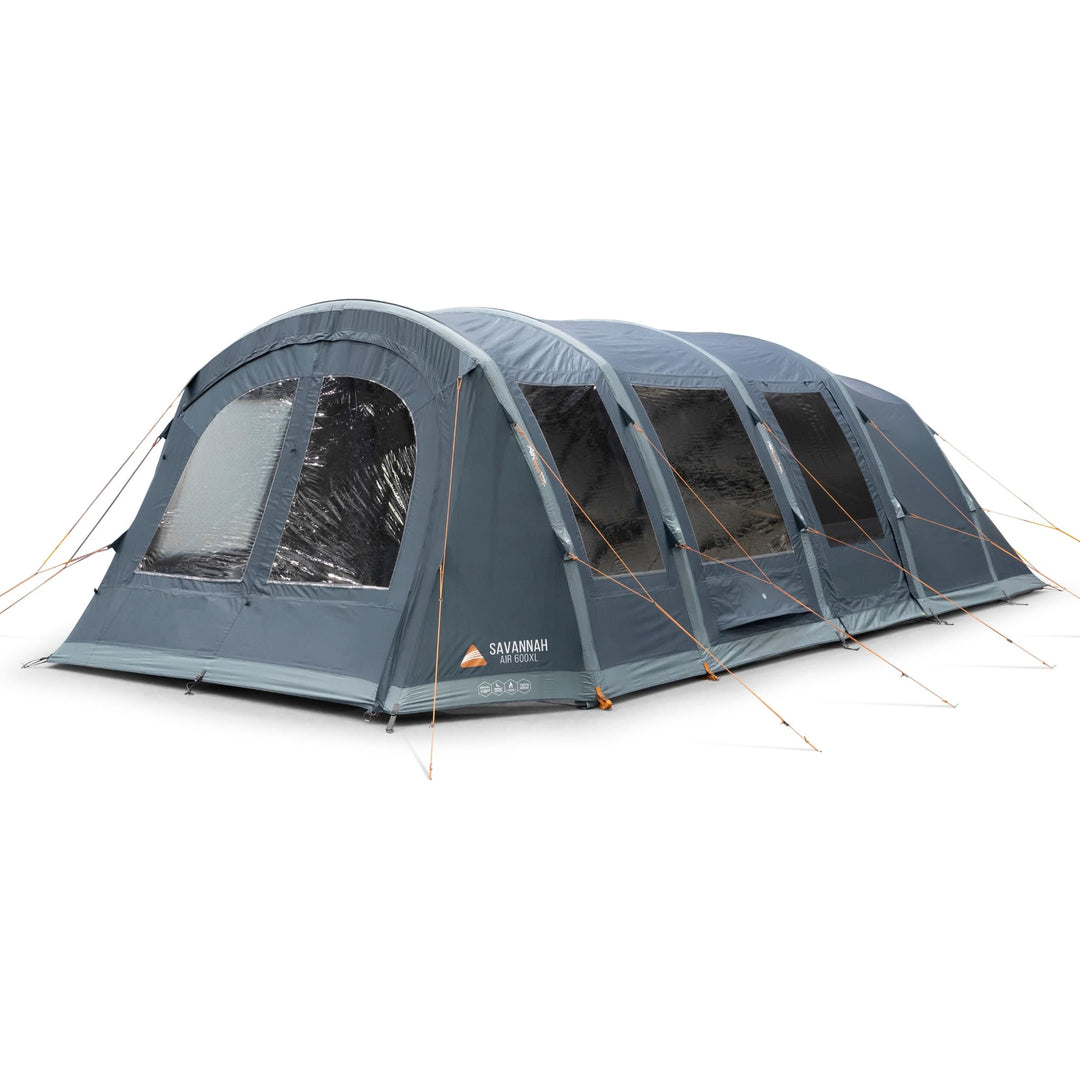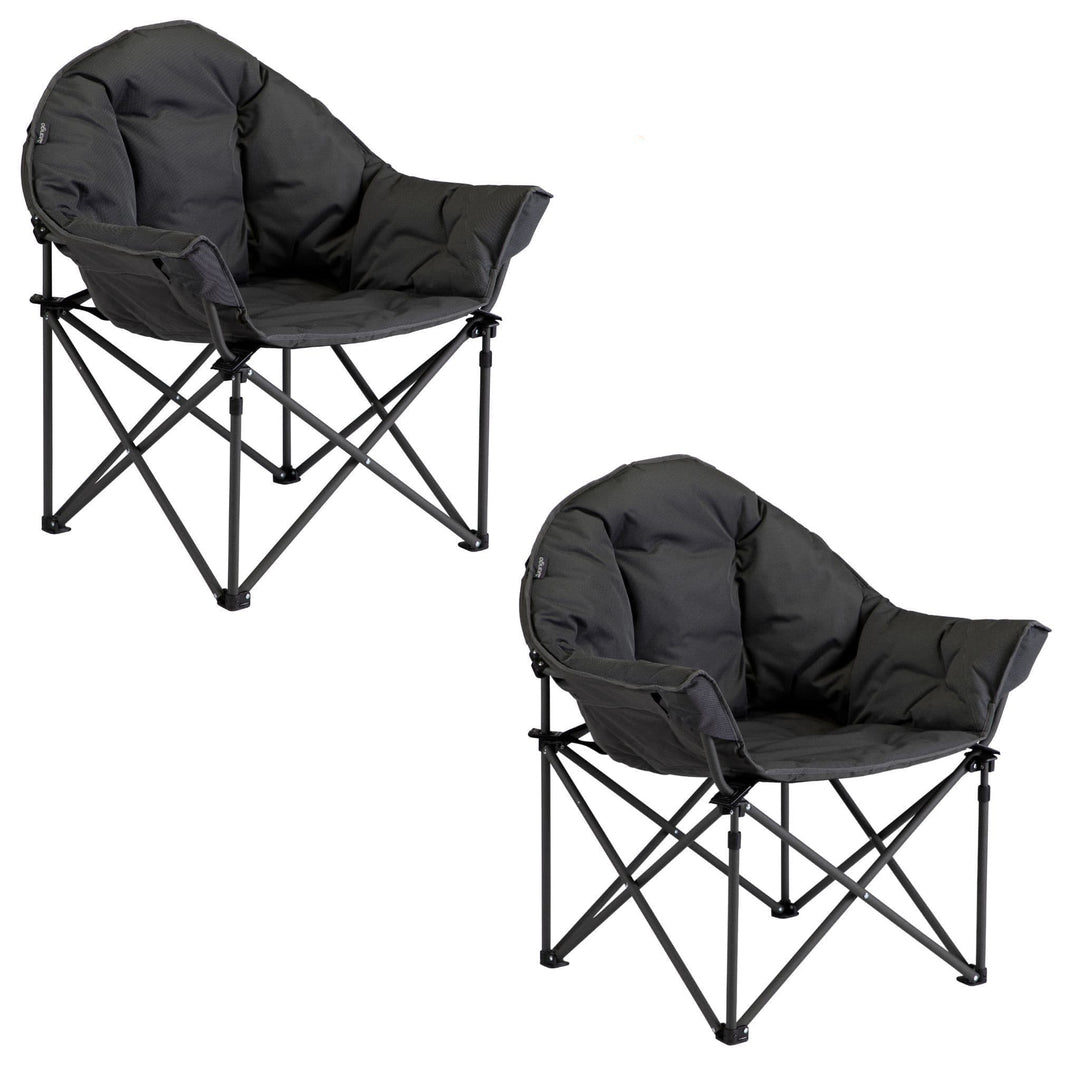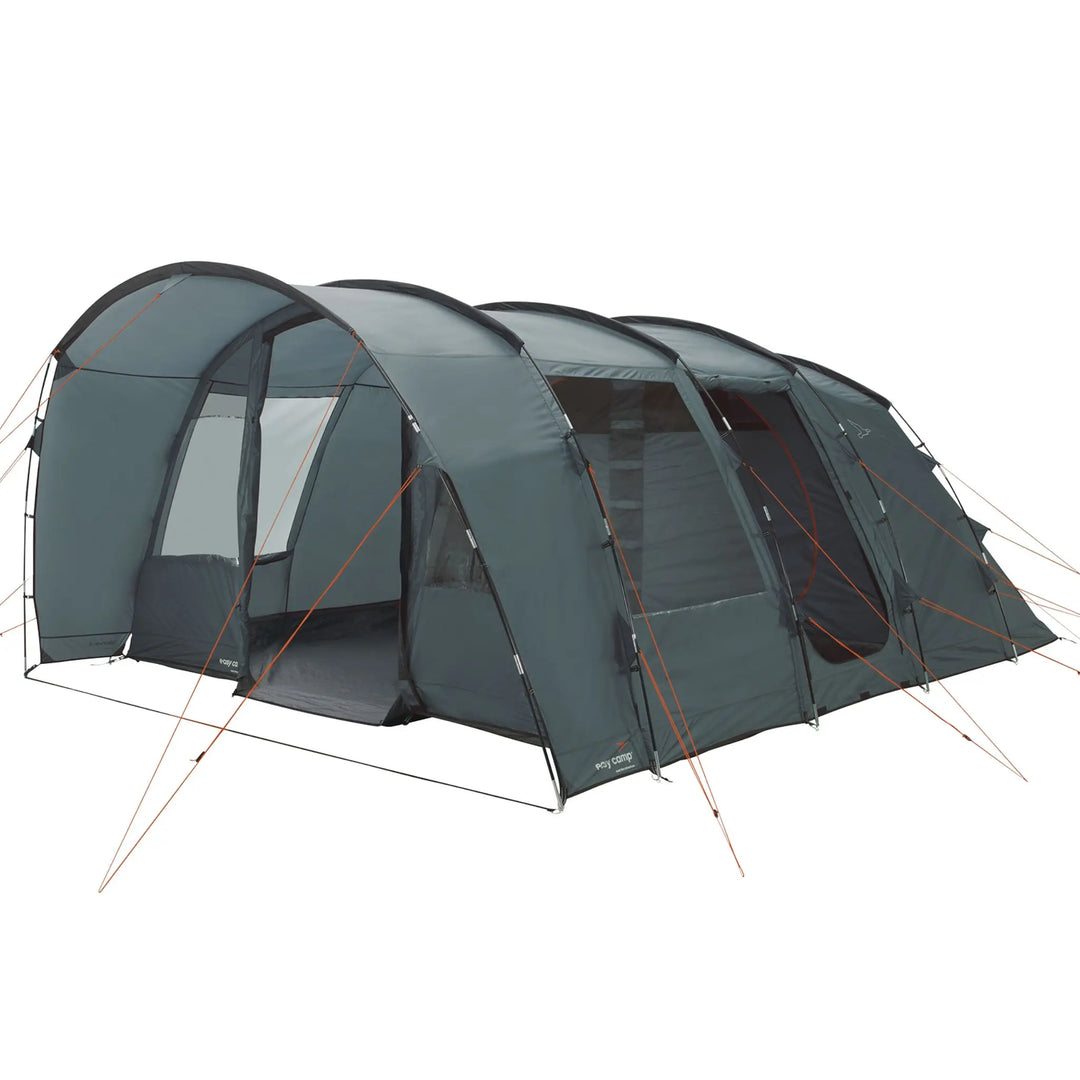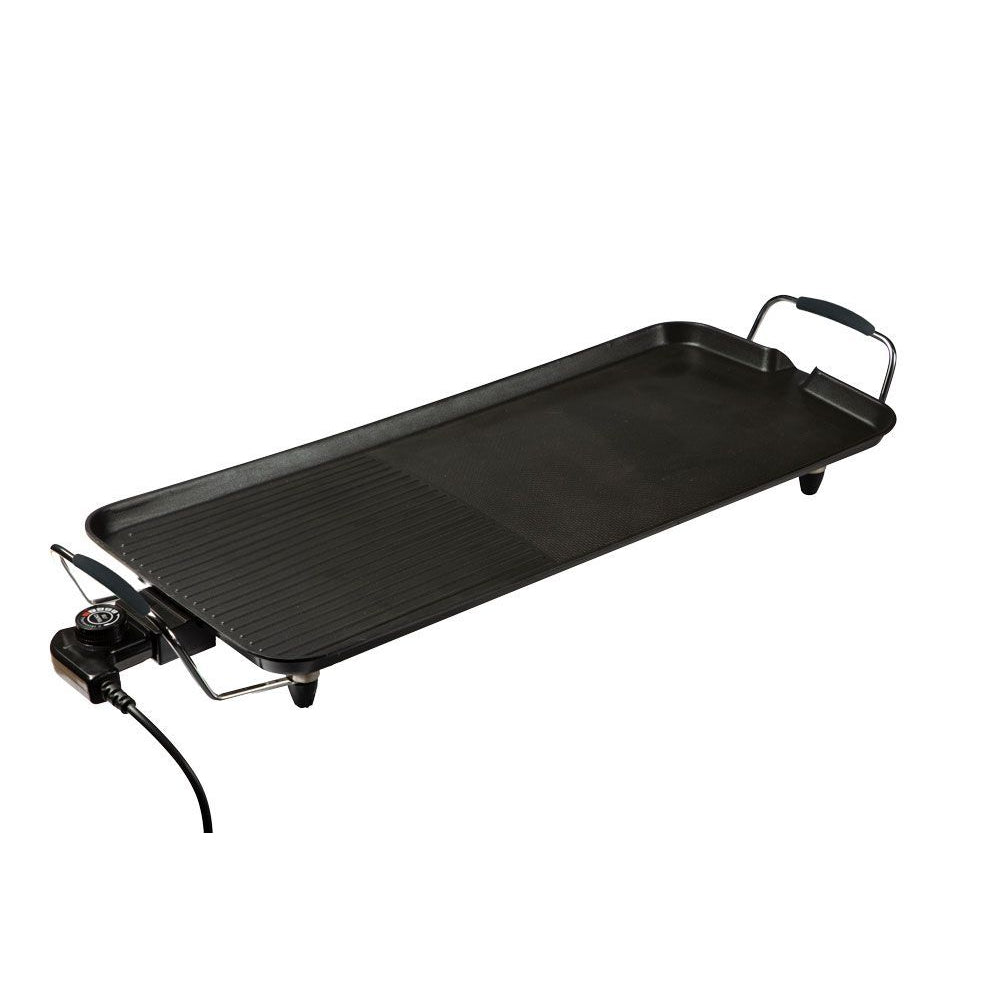How to Choose the Right Tent Size: A Guide for Every Group
Selecting the correct tent size is crucial for ensuring a comfortable and enjoyable camping experience. A tent that’s too small can leave you cramped and frustrated, while an oversized tent might be unnecessarily heavy or challenging to set up. Let’s explore how to choose the perfect size for your camping needs.
1. Understanding Tent Capacity Ratings
Tent sizes are often described by capacity ratings, such as 2-person, 4-person, or 6-person tents. These ratings are based on the maximum number of people the tent can accommodate, assuming they’re lying closely together with minimal gear inside. However, manufacturers don’t always account for real-world comfort.
For example, a 4-person tent might technically fit four sleeping bags, but it won’t leave much room for personal belongings, extra gear, or space to move around. If you value comfort or have a lot of equipment, it’s wise to size up. A 4-person tent for two or three campers can provide the extra room you need.
2. Solo Campers
Solo campers typically need a lightweight and compact tent, especially for backpacking trips. A 1-person tent is sufficient for sleeping but might lack space for gear. If you’re bringing a backpack, boots, or other equipment, a 2-person tent offers additional storage without adding too much weight.
Additionally, consider whether you’ll want space to sit up, read, or prepare for the day. Lightweight 2-person models strike a balance between portability and comfort.
3. Couples or Pairs
For two people, a 2-person tent may fit, but it’s often a tight squeeze. A 3-person tent provides more breathing room and makes storing personal items easier. Having extra space is particularly important for longer trips, where cramped conditions can become uncomfortable over time.
Couples who want added privacy may also consider tents with multiple compartments or vestibules. These features help keep sleeping areas separate from gear storage.
4. Families
Camping with a family introduces additional considerations. A 4-person family might want a 6-person tent to ensure everyone has enough room. Larger tents often include separate sleeping areas, which are ideal for maintaining privacy or keeping restless children in their own space.
Another key factor for families is headroom. Tents with tall ceilings allow you to stand up, making it easier to move around and change clothes. Look for models with built-in porches or awnings for added versatility, especially for storing shoes, bags, or outdoor toys.
5. Large Groups
For groups of six or more, tents with multiple rooms are essential for maintaining order and comfort. Modular tents or models with partitions are ideal, as they allow you to designate separate areas for sleeping, socialising, or storing gear.
You might also want a central living area for group activities, especially on trips where bad weather might keep everyone indoors. Consider tents with multiple entrances, as they reduce traffic and make it easier for group members to come and go without disturbing others.
6. Camping Duration and Purpose
Short weekend trips often prioritise portability and simplicity, meaning a smaller tent might work well. However, for extended camping trips, you’ll likely need more space for comfort and convenience.
For instance, a family on a week-long holiday might prefer a spacious tent with room for tables and chairs, while a solo camper on a two-night hike might choose a lightweight tent designed purely for sleeping.
7. Weather Considerations
In unpredictable weather, your tent becomes more than just a sleeping area—it’s your shelter. A slightly larger tent can provide the extra room needed to stay comfortable during prolonged periods indoors.
For example, if heavy rain forces you to stay inside, having enough space to sit upright, organise your gear, or play games can make a huge difference. Ensure that the tent you choose not only accommodates your group but also provides room for wet clothing and gear.
8. Measure Your Space Requirements
Before buying a tent, think practically about the space you’ll need. Lay out your sleeping bags, airbeds, or mats at home to visualise the required floor area. Remember to account for additional items like backpacks, coolers, or cooking equipment that you might want to keep inside the tent.
Check the tent’s specifications for its dimensions and peak height. If you’re taller, look for a tent with a longer floor length or higher ceiling for added comfort.
Final Thoughts
Choosing the right tent size ensures a comfortable and stress-free camping experience. Consider the size of your group, the duration of your trip, and the amount of gear you’ll bring. When in doubt, opting for a slightly larger tent can prevent discomfort and improve your overall enjoyment.
WM Camping stocks a wide range of tents to suit every group size and preference. Explore our collection to find the perfect fit for your next outdoor adventure.





